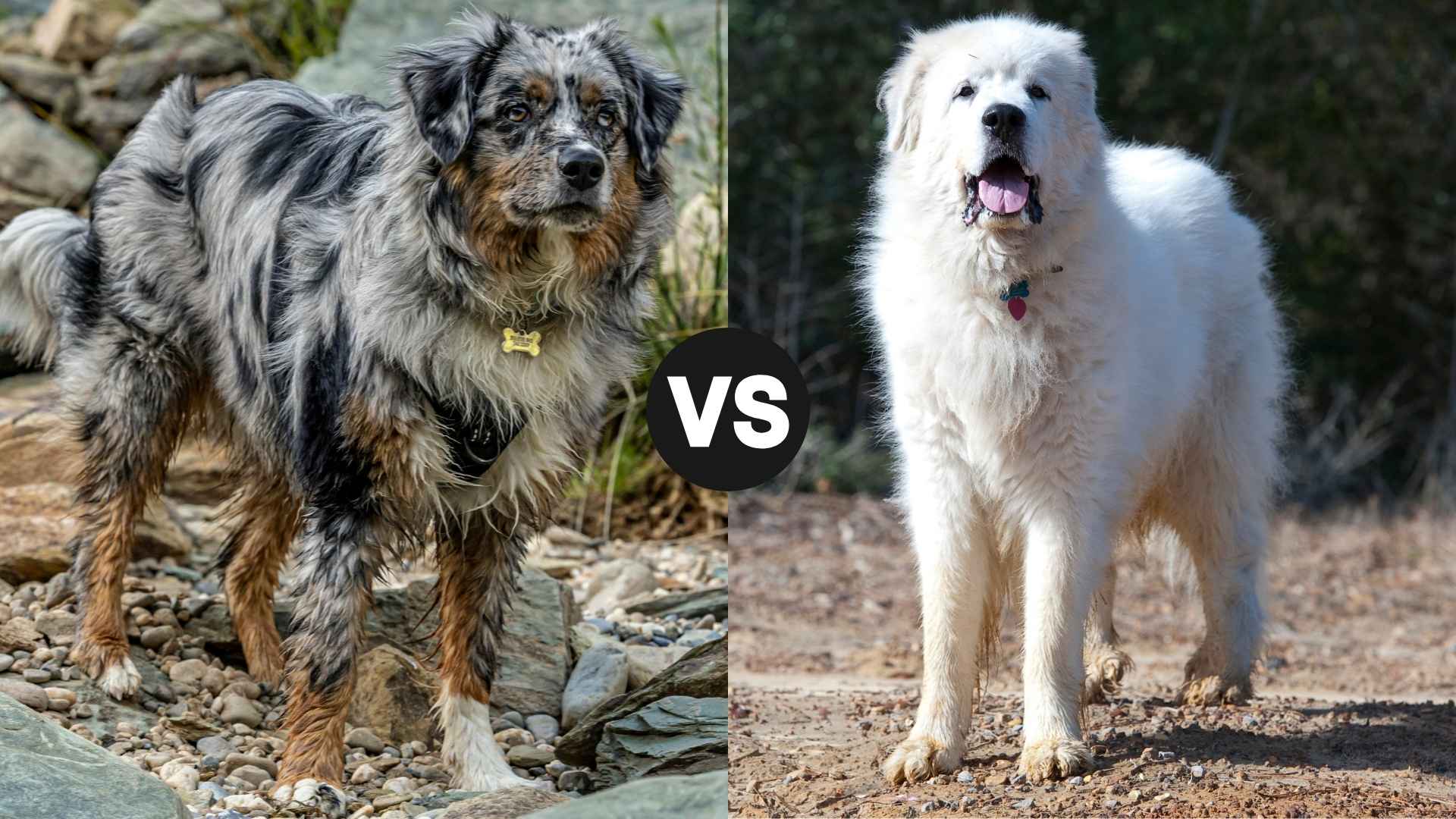One’s a playful, tireless herder. The other? A majestic, mountain-born guardian with the patience of a monk. If you’re choosing between the Australian Shepherd and the Great Pyrenees, you’re essentially picking between fire and ice—energy and serenity. And no, that’s not an exaggeration.
Both breeds are incredibly devoted to their humans, but they bring wildly different vibes to the table (or should we say, the backyard). The Aussie is all about movement, tricks, and attention—they thrive on work and play. Meanwhile, the Pyrenees watches quietly from the porch, guarding your home with a regal calm that says, “I’ve got this.”
This isn’t a contest of better or worse—it’s about what kind of dog lifestyle you want. Are you the type who wants an energetic shadow that keeps you on your toes? Or a low-key, fiercely loyal protector who quietly commands the yard?
In this face-off, we’ll compare temperament, energy, grooming, and more—so you can confidently choose the fluffy co-pilot that matches your pace, personality, and living space.
Australian Shepherd vs. Great Pyrenees
Size and Weight Difference
When it comes to herding dogs, the Australian Shepherd breed and Great Pyrenees might both say, “I’m here to watch the flock,” but they couldn’t be more different in size—and that’s where the fun begins.
Australian Shepherd:
Once bred exclusively for herding, the Australian Shepherd has since grown into one of North America’s most beloved companion dog breeds, as per Wikipedia. Think of the Aussie as the sporty, energetic friend who’s always ready for action but fits perfectly in your car’s backseat.
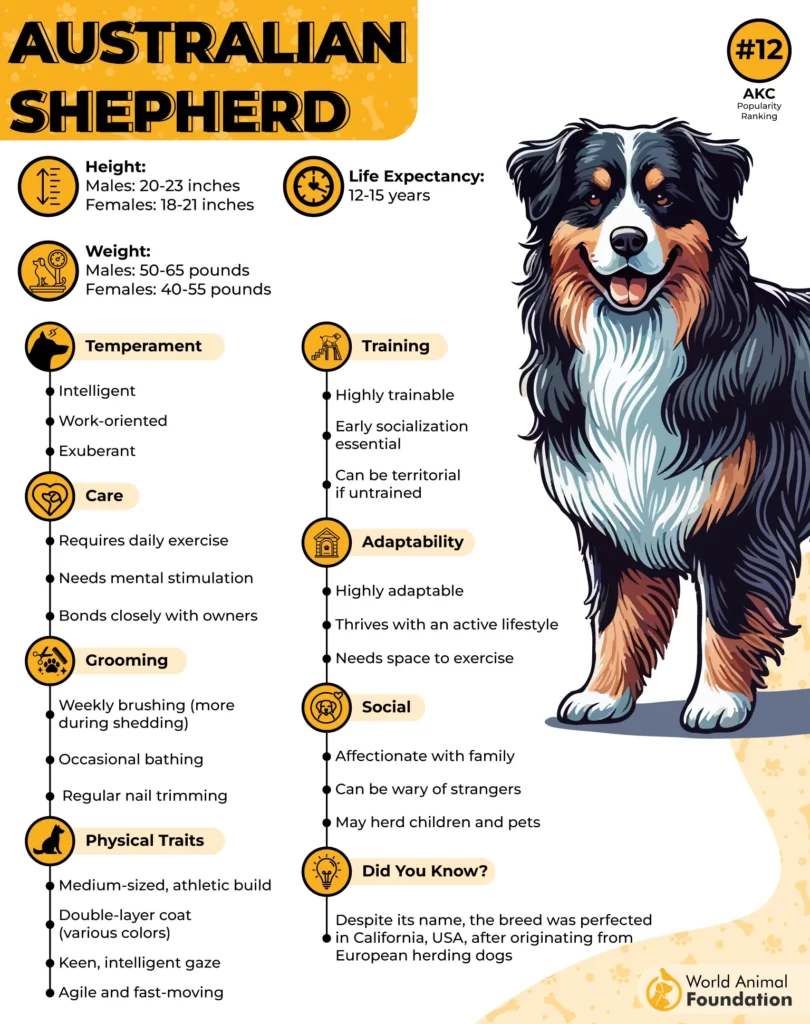
Compact, muscular, and built for speed and smarts, this breed is like the Ferrari of herding dogs—quick on its feet with plenty of attitude.
Height: 18–23 inches
Weight: 40–65 lbs
Build: Medium-sized, lean but sturdy—made to run circles around trouble (or squirrels)
If agility were a sport, the Aussie would have a gold medal and a cheer squad.
Great Pyrenees:
Now meet the Great Pyrenees—the gentle giant who looks like it just stepped off a snowy mountaintop wearing a fluffy white cape. This dog isn’t just big; it’s “I can probably carry you if you get tired” big.
According to the American Kennel Club (AKC), often called ‘majestic,’ Great Pyrenees are large, powerful mountain dogs with a majestic coat and a calm, commanding presence. This breed is the ultimate protector of sheep and hearts alike.
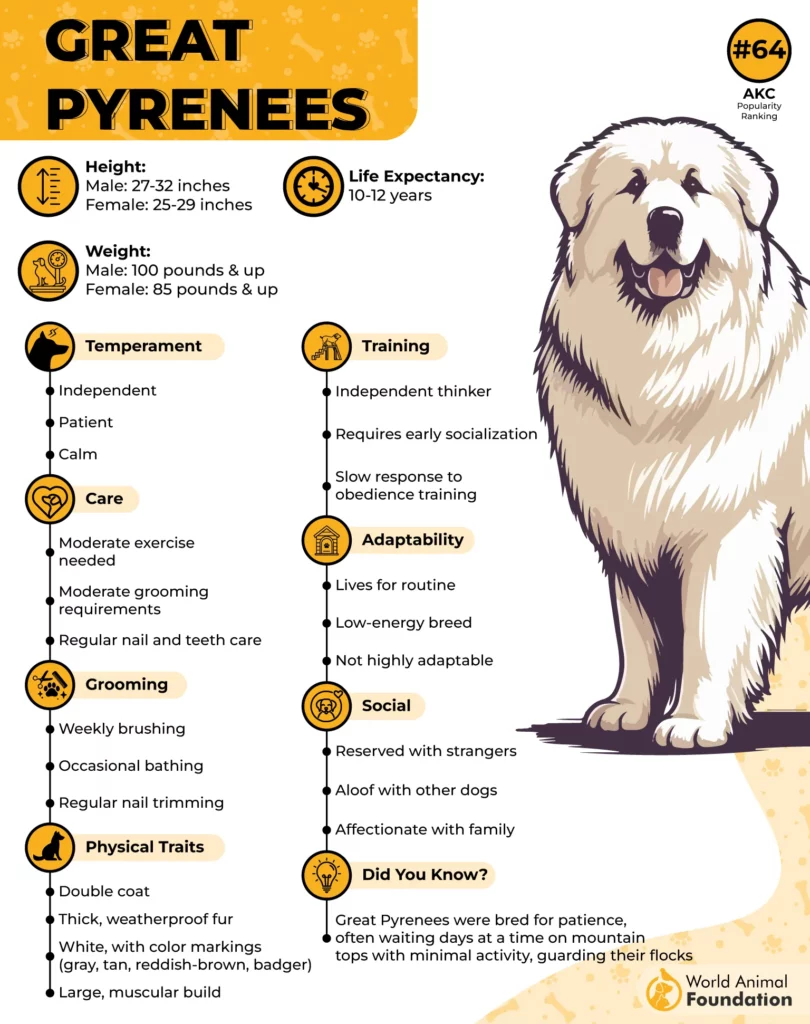
Height: 25–32 inches
Weight: 85–115 lbs
Build: Large breed dog, strong, and built like a snowy fortress with paws to match
The Great Pyrenees is the generally larger dog version of a giant teddy bear… if that bear was also your bodyguard.
Comparing Trainability and Intelligence
Australian Shepherd:
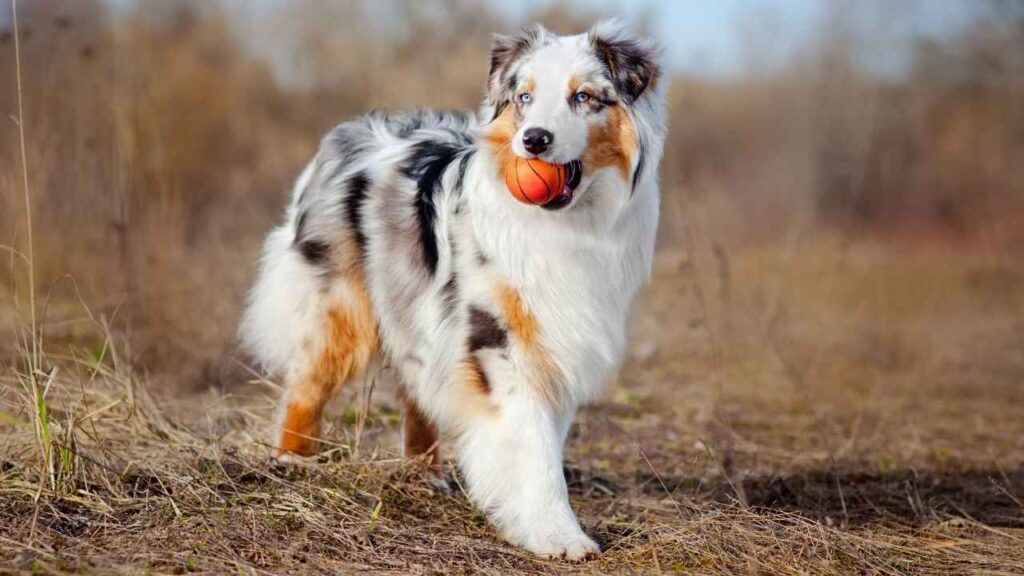
Trainability: Extremely high — Aussies are eager learners who thrive on mental challenges and love mastering new tricks and tasks.
Intelligence: One of the smartest breeds, quick to pick up commands and problem-solve on the fly. They excel in agility, obedience, and herding competitions.
Learning Style: Responds best to positive reinforcement and consistent training with variety to keep their interest.
Great Pyrenees:
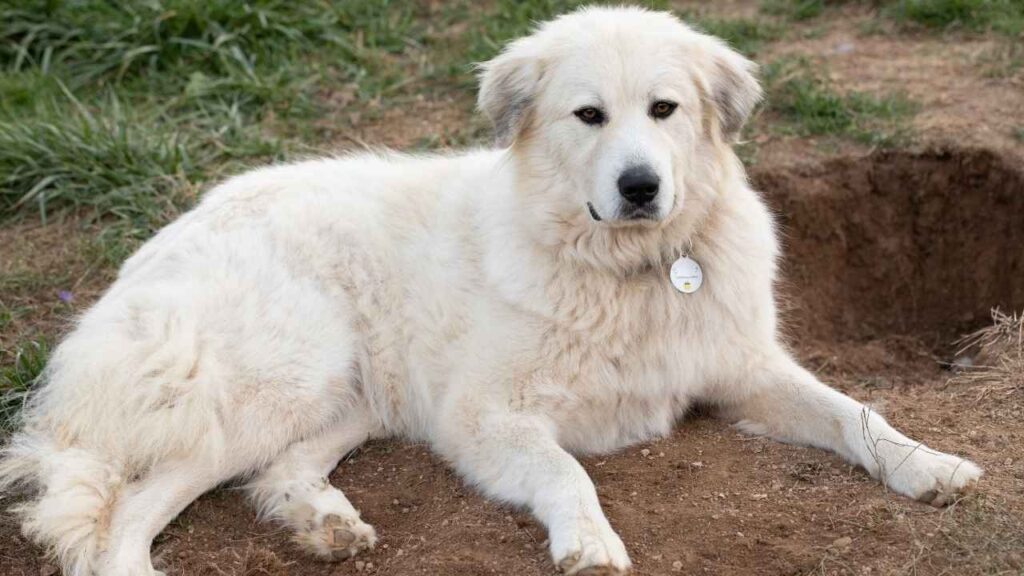
Trainability: Moderate — Pyrenees are intelligent but have an independent, sometimes stubborn streak. They’re bred for guarding, which means they often think for themselves rather than just obey commands.
Intelligence: Smart in their own right, with excellent instincts for protection and decision-making, but not always eager to please or quick to obey.
Learning Style: Patient, calm, and steady training works best; they need gentle guidance and consistency.
Personality Traits and Temperament
Both breeds have rich personalities—one’s a spirited go-getter, the other a serene guardian—making them uniquely wonderful in their own ways!
Australian Shepherd:
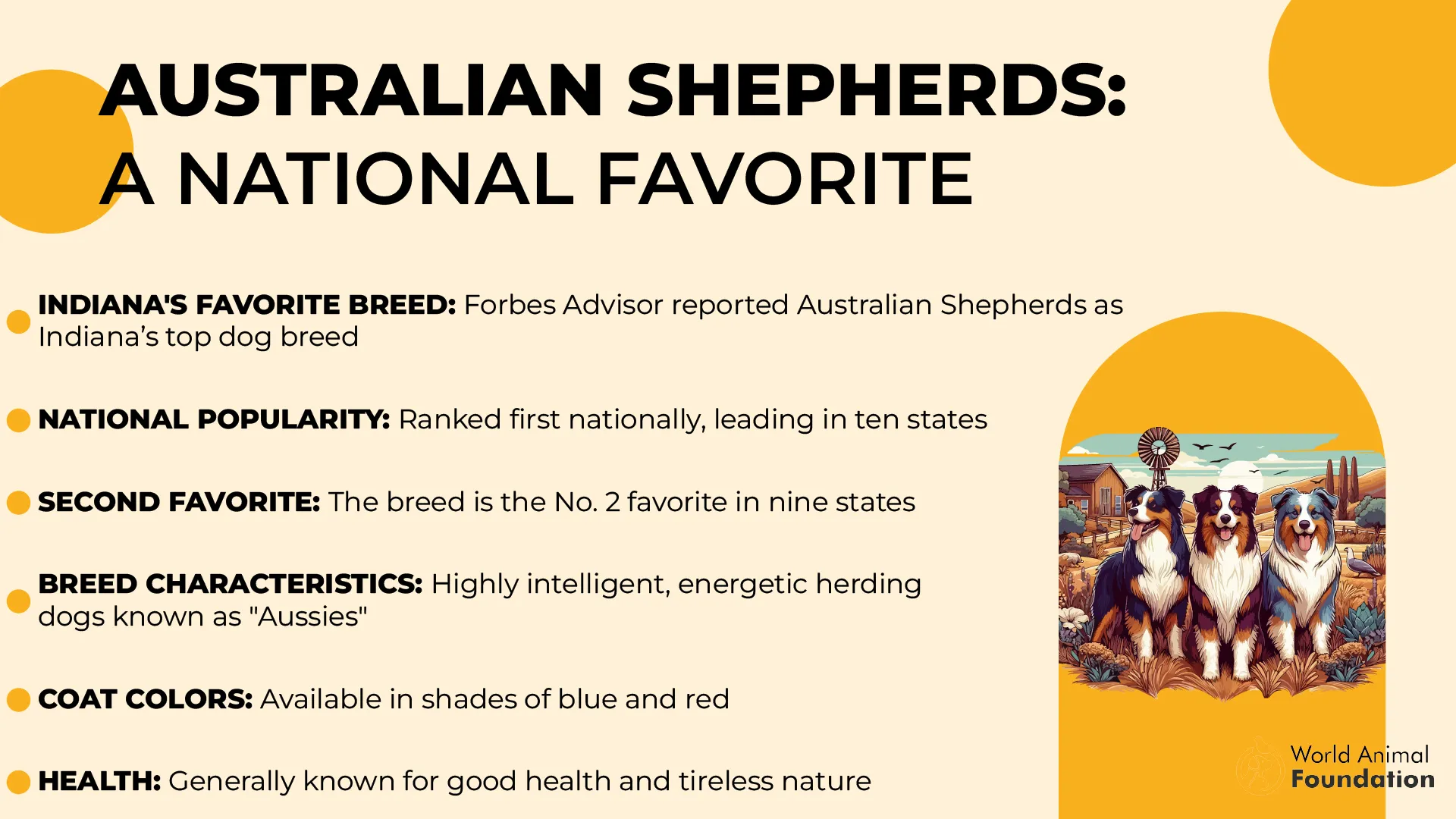
Energetic and enthusiastic — always ready for action
Highly intelligent and a quick learner
Loyal and deeply bonded to their family
Friendly and sociable with people and other pets
Alert and responsive — excellent watchdogs
Playful with a strong desire to herd and work
Sensitive to their owner’s emotions
Great Pyrenees:
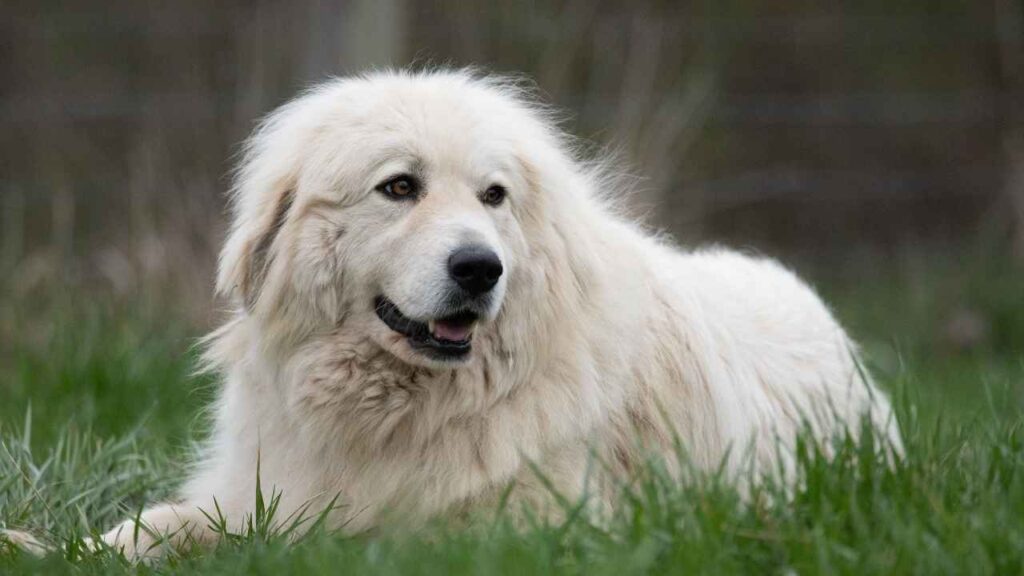
Calm and gentle — the ultimate gentle giant
Independent thinker with a strong protective instinct
Loyal and devoted to their family
Reserved and wary of strangers — natural guardians
Quiet but will bark to alert if something’s amiss
Can be stubborn; requires consistent, patient training
Adaptability and Independence Assessment
When it comes to fitting into your lifestyle, adaptability and independence can make or break the dog-human harmony. Let’s dive into how the energetic Australian Shepherd and the serene Great Pyrenees handle change, independence, and everything in between.
Australian Shepherd:
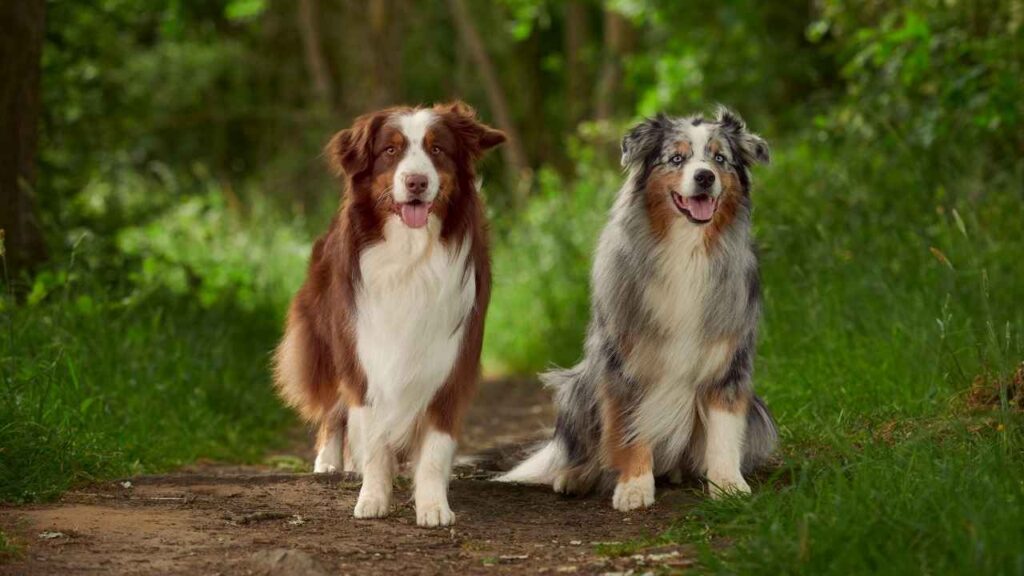
Aussies are the ultimate adaptable dynamos. Whether it’s city life, country roads, or hiking trails, they’re ready to jump in and make the best of it, as long as they get enough mental and physical exercise.
Adaptability: High — adjusts well to different environments, including apartments (with plenty of walks!)
Independence: Low to moderate — loves being with people and working alongside their humans
Potential Challenges: Boredom can lead to mischievous behavior if not mentally stimulated
Great Pyrenees:
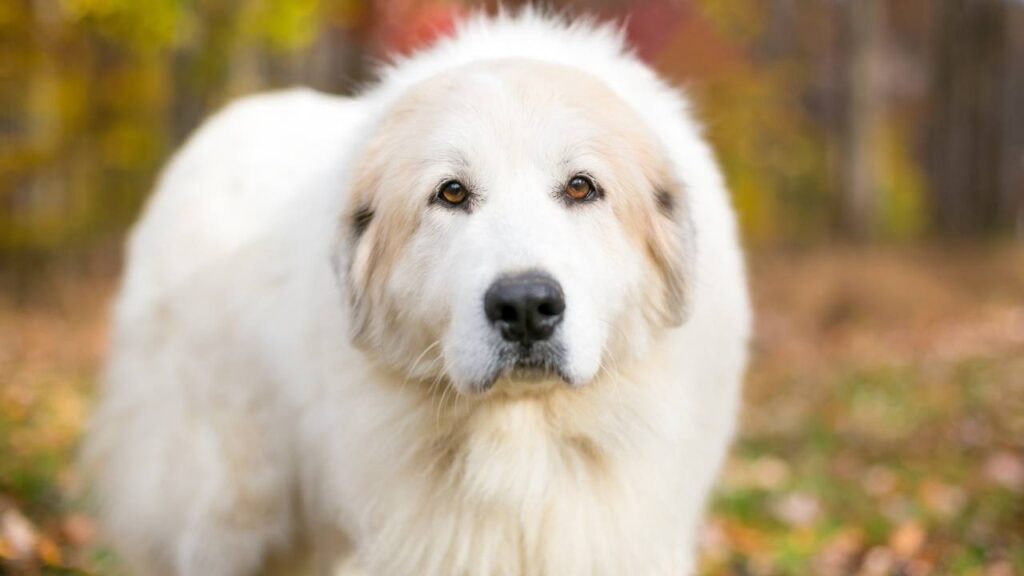
Pyrenees are the calm rulers of their domain. They adapt best to quieter, more spacious environments where they can keep an eye on their territory. They like routine and tend to be more independent thinkers.
Adaptability: Moderate — prefers rural or suburban homes with large yards; less suited to busy urban life
Independence: High — they think for themselves and aren’t eager to follow orders blindly
Potential Challenges: Can be stubborn and less flexible with changes or new environments
Bite Force and Characteristics
In a nutshell, the Aussie’s bite is quick and controlled for herding finesse, while the Great Pyrenees packs the power of a true guardian, ready to protect when the situation calls for it.
Australian Shepherd:
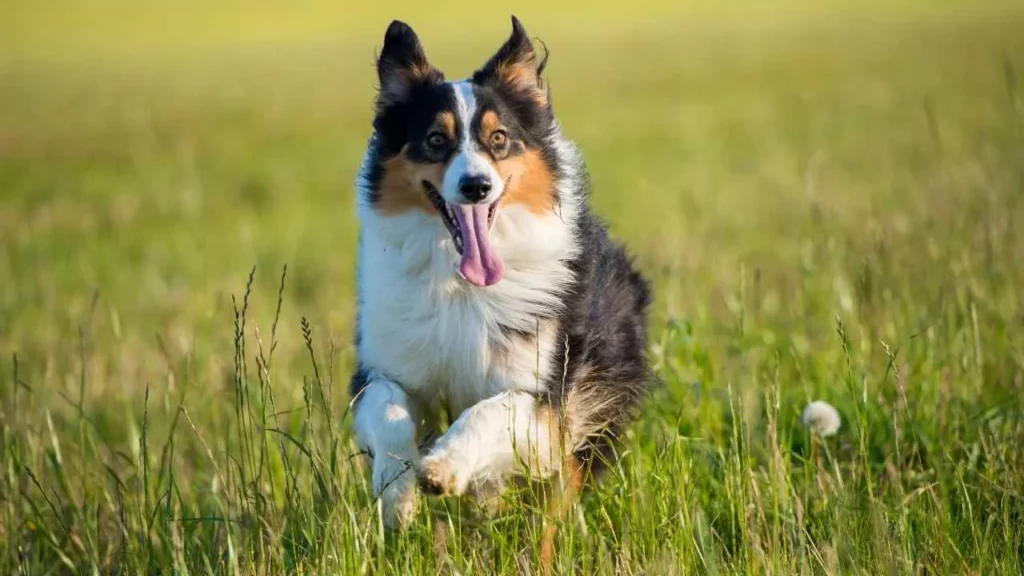
Bite Force: Moderate — around 200 to 300 PSI (pounds per square inch), which is typical for medium-sized herding dogs. Not the strongest bite, but don’t underestimate their quick reflexes!
Biting Style: Aussies use their mouths gently when herding livestock, known as “herding nips” — more like a firm tap than a full-on bite. They’re smart enough to know when to hold back, but if threatened or scared, they’ll defend themselves fiercely.
Great Pyrenees:
Bite Force: Strong — roughly 500 to 600 PSI, reflecting their role as livestock guardians needing to deter large predators like bears or wolves. Their bite packs a serious punch when needed.
Biting Style: Protective and deliberate — they’re not mouthy dogs by nature, but will use their powerful bite decisively if guarding family or flock. Usually, their presence alone is enough to warn off threats.
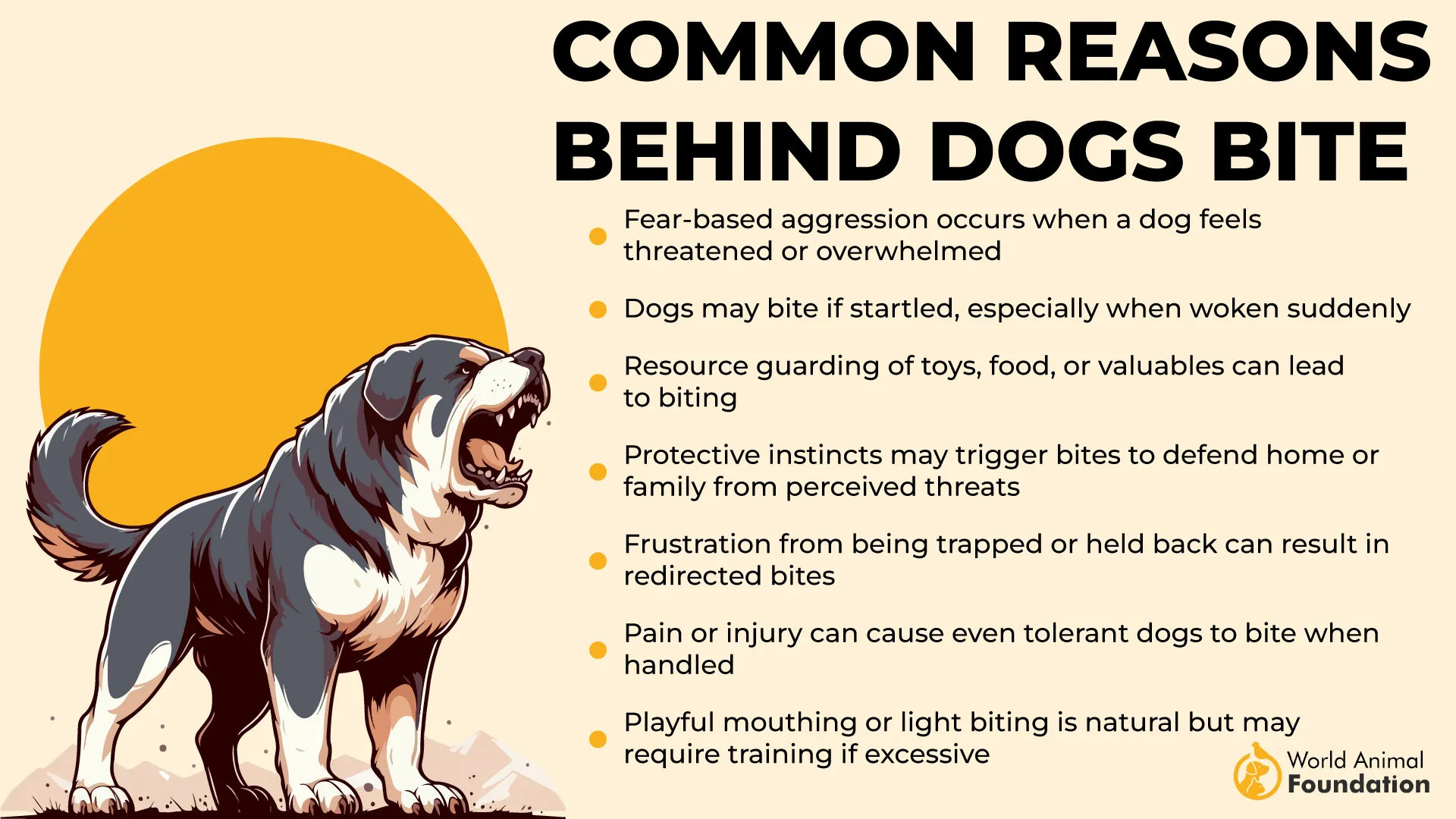
Health Issues and Expected Lifespan Comparison
Aussies generally enjoy a longer lifespan but come with some genetic and eye concerns, while Great Pyrenees require careful monitoring for joint and bloat issues, with a lifespan reflecting their larger size. Both breeds benefit from regular vet check-ups and a healthy lifestyle!
Australian Shepherd:
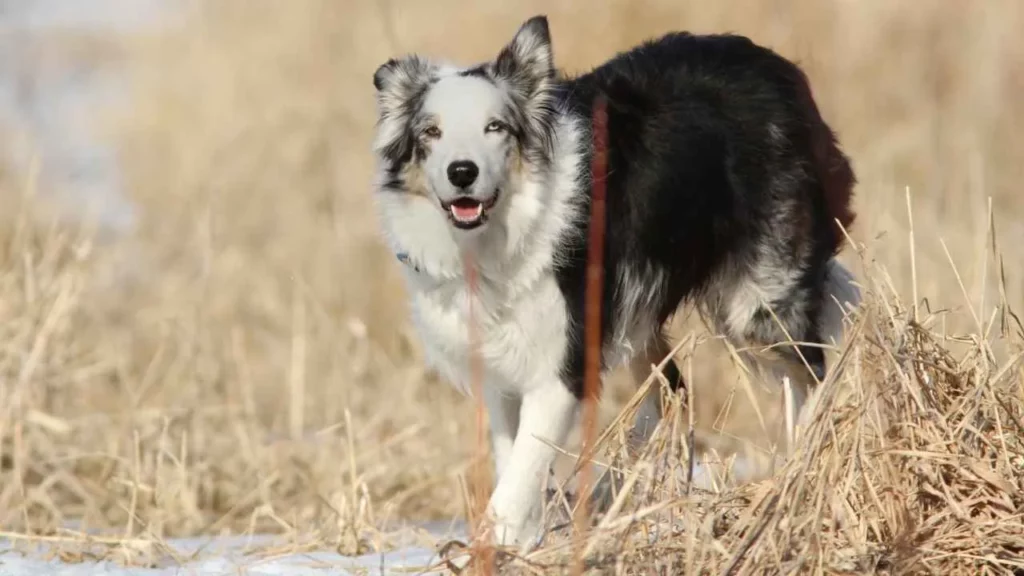
Expected Lifespan: Around 12 to 15 years, which is pretty solid for a medium-sized, active dog.
Common Health Concerns:
Hip Dysplasia
Eye Problems
Epilepsy
Multidrug Resistance Gene (MDR1) Mutation
Great Pyrenees:
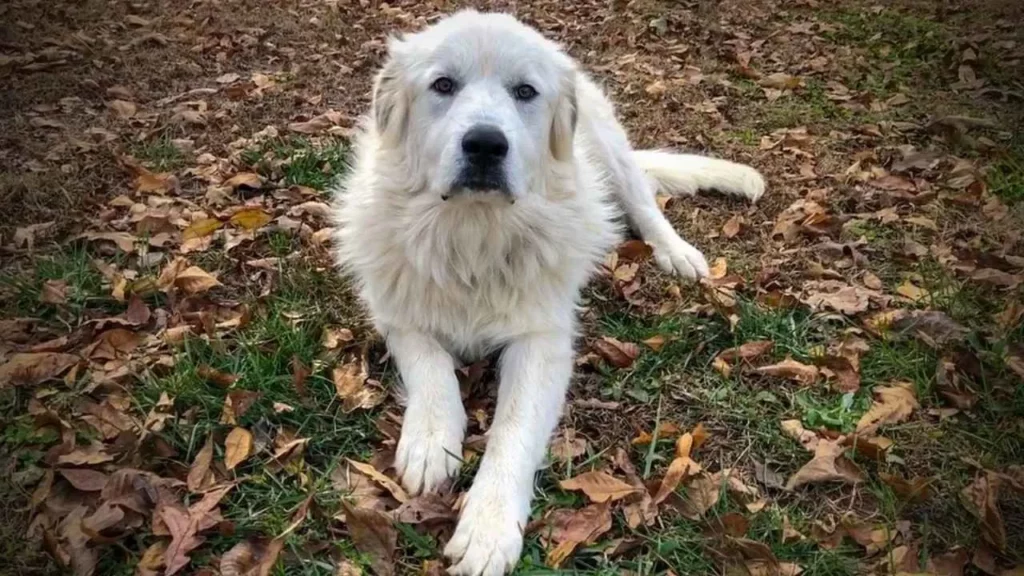
Expected Lifespan: Typically 10 to 12 years, which is standard for a large, giant breed.
Common Health Concerns:
Hip and Elbow Dysplasia
Bloat (Gastric Dilatation-Volvulus)
Patellar Luxation
Addison’s Disease
Heart Issues
Nutritional Needs and Weight Management for Australian Shepherd vs Great Pyrenees
Feeding a dog is more than filling a bowl—it’s about fueling their unique bodies and lifestyles. Whether it’s the agile Aussie or the fluffy Pyrenees, understanding their nutritional needs is key to keeping these pals in peak form without packing on unwanted pounds.
Australian Shepherd:
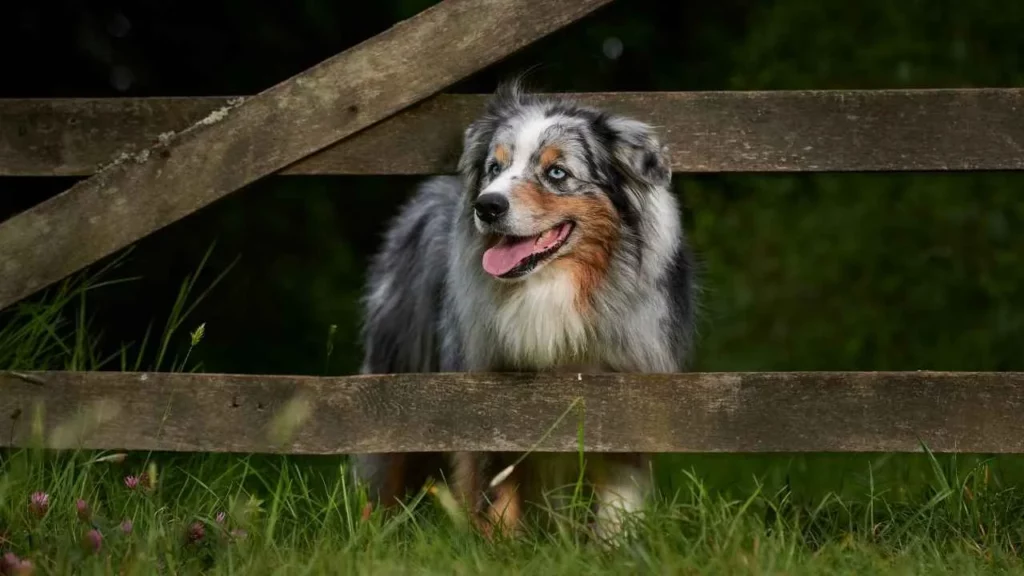
Calorie Needs: Moderate to high — Aussies are energetic, lean, and muscular, needing around 1,000 to 1,600 calories per day, depending on age, size, and activity.
Diet Focus: High-quality protein to support muscle tone, healthy fats for energy, and balanced carbs for stamina. Because Aussies are active learners and athletes, they benefit from nutrient-dense food and balanced portions.
Weight Management: Aussies have a healthy appetite but can gain weight if under-exercised. Average exercise combined with portion control helps keep them fit and agile.
Great Pyrenees:
Calorie Needs: Higher calorie requirements due to their large size, roughly 2,000 to 3,000+ calories per day depending on weight, activity, and metabolism.
Diet Focus: Balanced diet rich in protein and joint-supporting nutrients (like glucosamine) to maintain their strong frame and prevent common joint issues. Because they’re less active than Aussies, controlling calorie intake is crucial to avoid obesity. PetMD noted that Great Pyrenees thrive on dog food formulated for large breeds. Be sure to select a formula that matches your dog’s specific life stage for optimal health.
Weight Management: These gentle giants can easily gain excess weight if overfed or under-exercised, which can stress joints. Portion control and regular, moderate exercise are key.
Grooming Requirements and Allergy Considerations
Australian Shepherd:
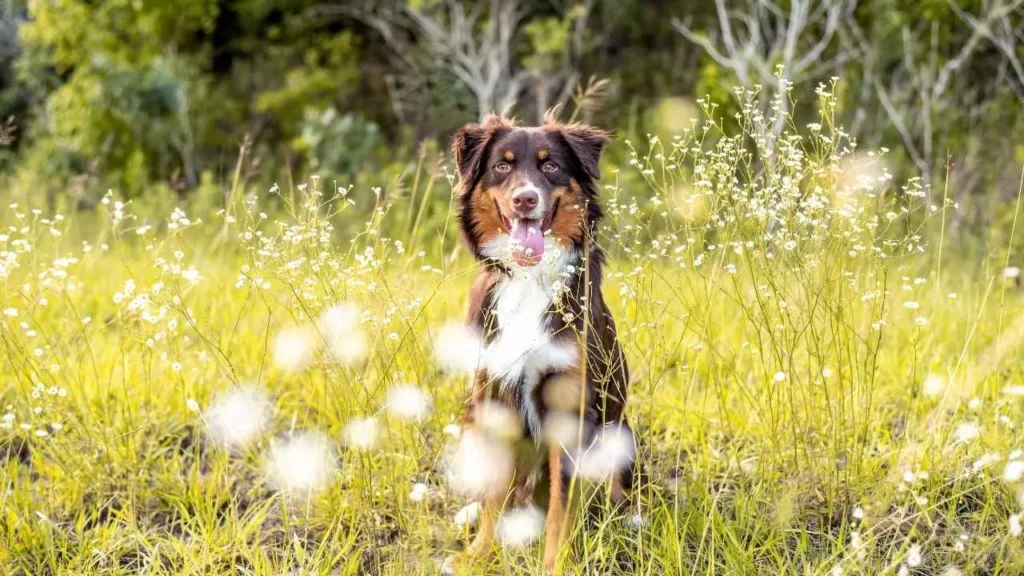
Their medium-length double coat is beautiful but requires regular upkeep to avoid mats and excessive shedding.
Grooming Needs:
Brushing 2–3 times a week to manage shedding and prevent tangles
More frequent brushing during seasonal “blowouts” (shedding spells)
Occasional baths to keep the coat fresh
Allergy Considerations:
Moderate shedding can be a challenge for allergy sufferers
Regular grooming helps minimize loose hair and dander
Not considered hypoallergenic
Prepare for fur tumbleweeds—but with regular brushing, you can keep the fluff at bay.
Great Pyrenees:
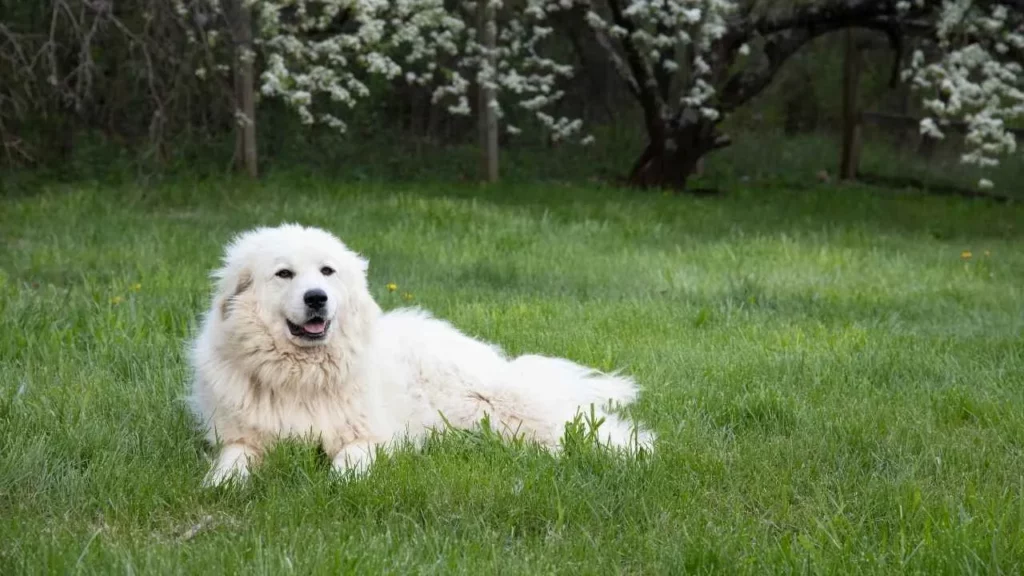
With their thick, double coat designed for mountain winters, the Pyrenees are shedding champions and require a solid grooming routine.
Grooming Needs:
Frequent brushing (3–4 times per week), especially during heavy shedding seasons
Regular baths to prevent dirt buildup in that luxurious coat
Check and clean ears regularly to avoid infections
Allergy Considerations:
Heavy shedding and dander may aggravate allergies
Not hypoallergenic at all — they shed year-round, with intense seasonal blowouts
If you love vacuuming (or have a good one), you’ll be best friends with a Great Pyrenees.
Conclusion
When choosing between the Great Pyrenees and Australian Shepherd, it’s all about what you need in a large breed dog. The Australian Shepherd is a high-energy working dog with a sharp sense and agility, while the Great Pyrenees is a calm, loyal guardian with a protective nature, especially great around kids, other dogs, and other pets when well socialized.
The two breeds have different strengths, whether you’re looking into pedigree lines, family services, or just hoping to create a calm, structured home, your decision should be essential, not rushed. Perfect breeds like the Australian Shepherd and the Great Pyrenees deserve thoughtful consideration.
Take some time, talk it over, and decide what’s best for your home. We hope this helps you get ahead—literally and figuratively—with the right dog by your side. Totally normal to need help when choosing!


